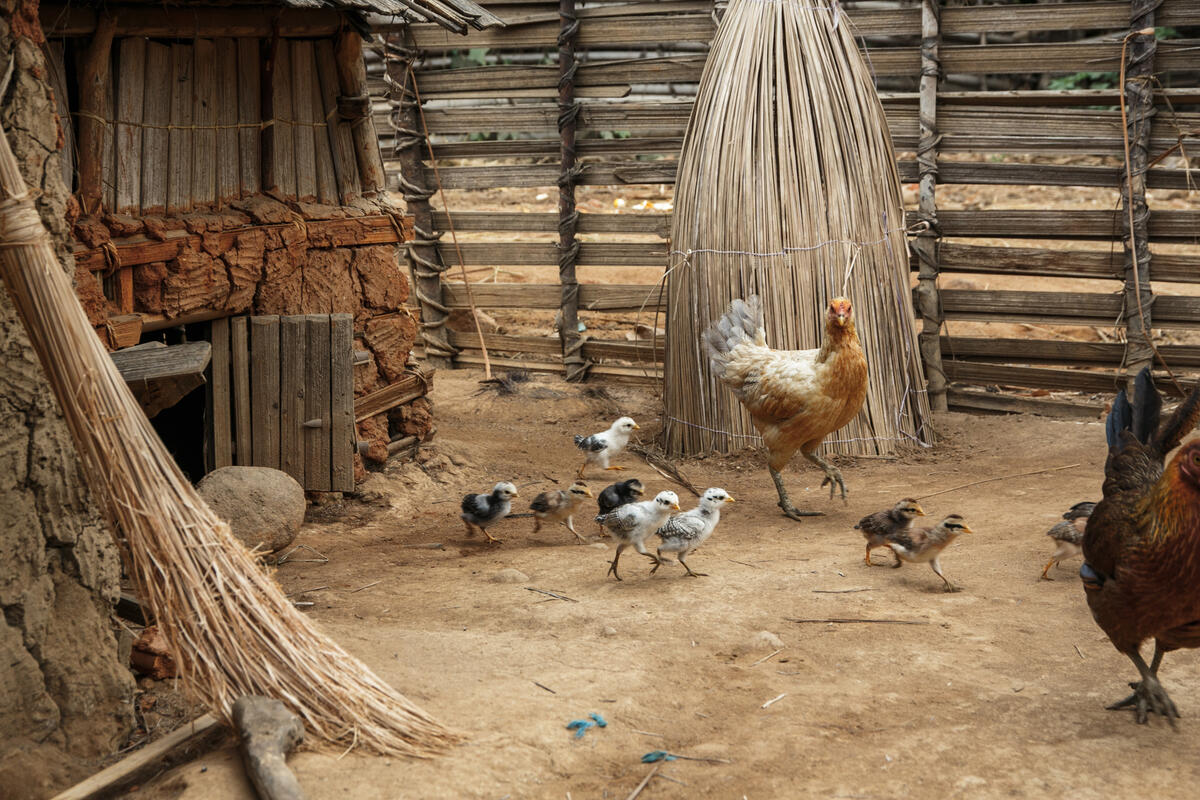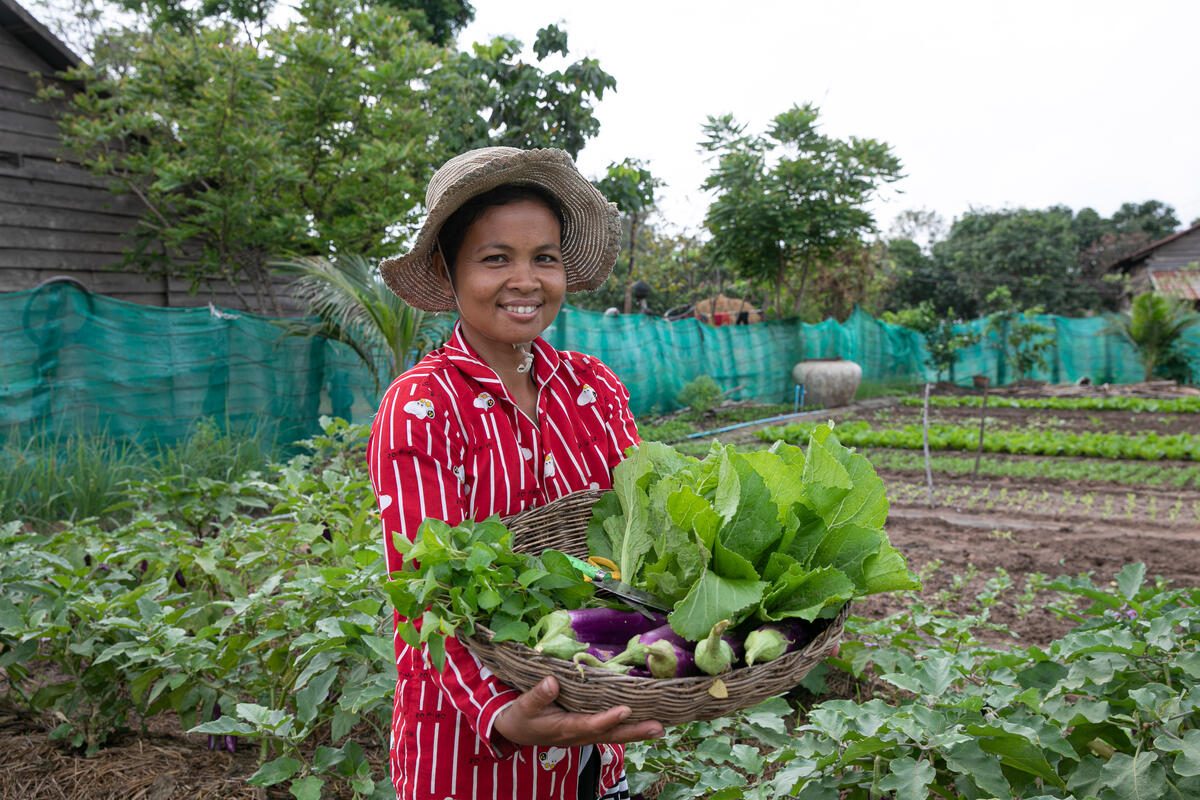Following 2 years of record-breaking waterbird breeding seasons, the Commonwealth Environmental Water Holder has collaborated with numerous photographers to present a stunning photo exhibition at Cowra in early November.
The exhibition, called A Waterbird Breeding Spectacular: An Exhibition of Waterbird Photography, is a joint initiative with New South Wales Central Tablelands Local Land Service with support from the Cowra Natural Resource Management Advisory Committee.
An important aspect of the exhibition is the visual representation of how water for the environment is making a difference in supporting waterbirds to survive and thrive across the Murray-Darling Basin.
The Commonwealth Environmental Water Holder’s Local Engagement Officer, Michele Groat, said the waterbird photos were an outstanding collection of images of large-scale waterbird breeding at wetlands across NSW.
“Many of these wetlands are not accessible to the public so the exhibition provides an invaluable insight into these important bird species,” Michele said.
“These places really are special – some of them recognised internationally – and we feel very privileged getting out into these wetlands to witness the waterbird breeding. We wanted to share what it’s like to be amongst the chaos and sheer scale of waterbird breeding in various Murray-Darling Basin wetlands.
“As well as showcasing some of the spectacular scenery the exhibit includes an educational component, portraying the various life stages of various birds and how water for the environment is used to support large-scale waterbird breeding.”
Commonwealth Environmental Water Holder Dr Simon Banks, who will launch the exhibition on 31 October, said with all the water around, it’s been an incredible few years for waterbird breeding.
“Some locations have seen over 100,000 ibis breeding. As well as ibis, there’s been large numbers of pelicans, spoonbills, egrets, herons and other water dependent birds like cormorants, ducks, magpie geese and grebes making the most of the favourable conditions to breed,” Dr Banks said.
“We monitor waterbird breeding and work closely with our partners to use water for the environment to hold water levels stable or to improve water quality, so waterbirds have the best chance of survival. If water levels drop too quickly, it can lead to adult birds abandoning their nests or exposing eggs and chicks to predators like foxes and pigs.”
With the long-term trend of declining waterbird populations across the Murray-Darling Basin due to the loss of wetland habitats and decline in river flows, Dr Banks said it’s important to lock in the gains we’ve seen over the last couple of years.
“With lots of young, hungry waterbirds to feed, water for the environment will be used this year to ensure wetland habitat is available for shelter and food,” Dr Banks said.
“I’m looking forward to opening this important event and hope the photo exhibition also serves as way of educating Basin communities about the importance of protecting our unique waterbirds.”
Michele said she hoped many people in the Cowra region would view the photo exhibition at Cowra Japanese Garden and Cultural Centre, open daily from 1 November–8 November 2023.
“The timing is perfect because the Cowra Shire Council and the Cowra Natural Resource Management Advisory Committee have designated October as Bird Month and will also be hosting the ‘Archibird’ photo competition – a play on the name of the well-known Archibald Prize,” Michele said.
“We look forward to seeing people’s reactions to the exhibition and then taking an interest in waterbirds wherever they see them.”




